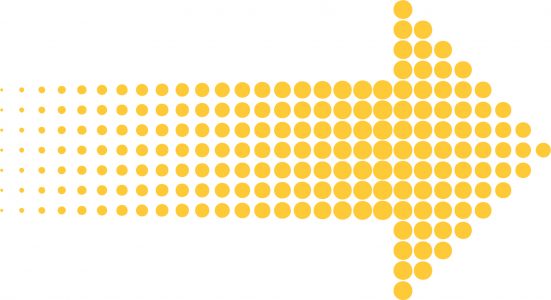How do you balance a dream with reality?
This week, our class began watching Steve Blank’s online course How to Build a Start Up. I personally get a lot out of video lectures, so this media is very effective for me. Blank lectures in an informative yet informal style with a spritz of humor to keep it interesting.
If you haven’t checked out this free class through Udacity, please do! All you have to do is sign up!
https://classroom.udacity.com/courses/ep245
One of the main concepts reiterated throughout both lessons we watched was the difference between the traditional start up method and the one prescribed by Blank. Blank is famous for his start up process dubbed customer development, a spin on the classic process product development. This methodology puts the startup’s focus entirely on the end users rather than the product itself. An incorrect product-market fit is a huge start up killer that customer development aims to fix. This goes hand in hand with Alexander Osterwalder’s Business Model Canvas, which emphasizes the customer’s role in the firm.
I personally love this customer-based approach, as it couldn’t make more sense to me. From a musician’s perspective, why would I perform a concert for an audience that doesn’t want to hear my music? But it is here where I reach a stumbling block.
An entrepreneur must be a visionary; they must have some sort of a plan or a target, goal or dream. The way Blank talks about startups is almost as though they need to be an amorphous, undefined entity, ready to do backflips for the proposed customer base. I understand that finding your audience’s wants and needs is crucial to your business, but where do you draw the line between what you want to make and what your market wants? How far do we stretch the original dream to meet the consumer? Making a dream come true is where I find the passion of a startup comes from. You have to care deeply about what you’re designing, or else it will fall flat as a malnourished mess.
Finding that balance between something the world needs and something I want to be a part will be an interesting challenge. It sounds silly to me to place such value on whether I’ll like the venture or not, but I have to remember that if I was ok with doing something I didn’t like, I’d just get a 9 to 5 at an office. At least I’d be making guaranteed money.
I must find passion for something there is an audience for.
This is the only way.
…and as always, thanks for reading!
Will VI

